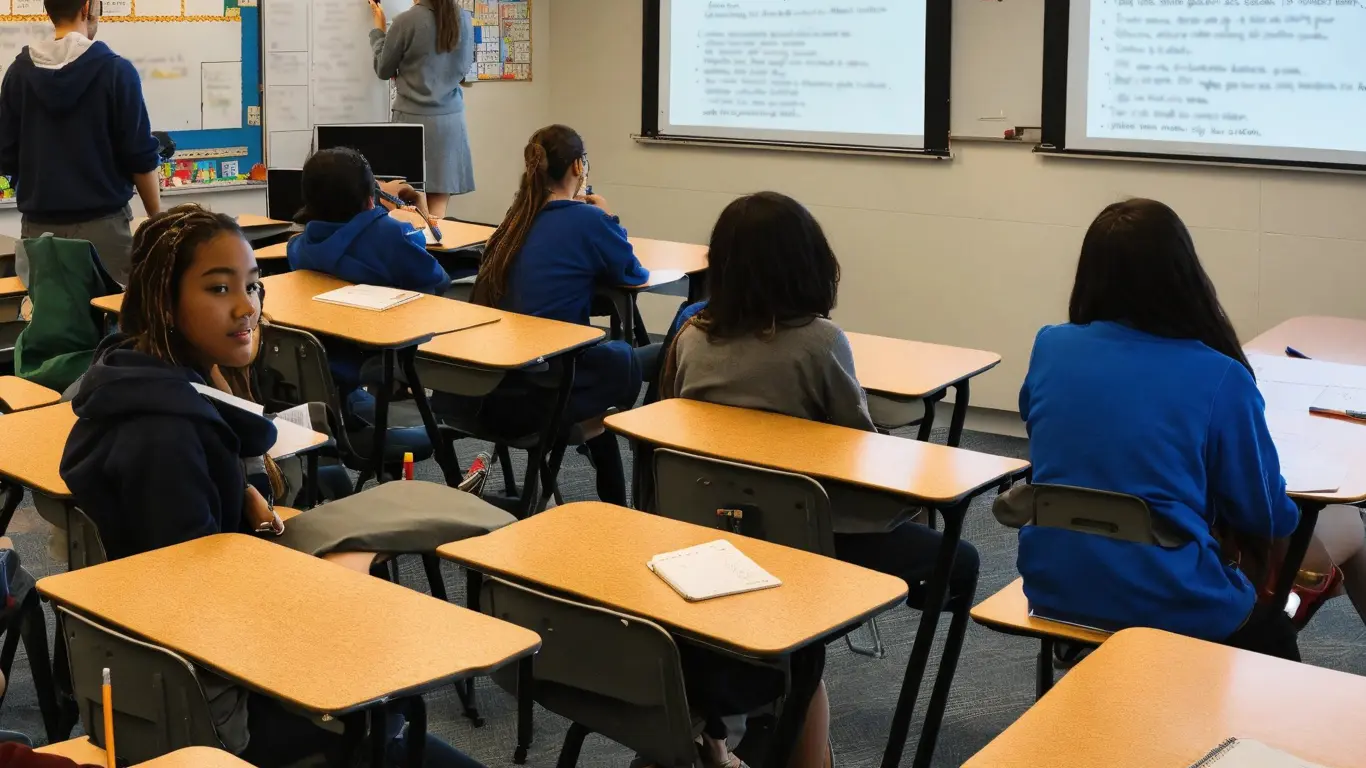Student absenteeism across Georgia has reached concerning levels in the wake of the COVID-19 pandemic, and now state and local leaders are stepping in to address the trend. This week, Georgia Senate President Pro Tempore John F. Kennedy (R-Macon) announced the formation of a Senate Study Committee on Combating Chronic Absenteeism in Schools, a bipartisan effort aimed at identifying the causes behind rising school absences and offering practical solutions.
Georgia Leaders Unite to Combat Chronic Absenteeism in Schools
Lieutenant Governor Burt Jones, also a Republican, has made the issue a legislative priority, urging swift action. “Thanks to his support, this new study committee will help us dig deeper into the root causes of absenteeism,” Kennedy said during the announcement.
New Legislation Aims to Strengthen Attendance Standards
The committee’s launch follows the recent signing of Senate Bill 123 by Governor Brian Kemp. The new law updates Georgia’s compulsory attendance statutes for students aged 6 to 15, defining chronic absenteeism as missing 10% or more of the school year. Starting in July, districts where 10% or more of students meet that threshold, along with individual schools where the rate is 15% or higher, must form Attendance Review Teams to analyze and intervene.
Chronic Absenteeism Rates in Cobb County and Marietta Schools
In Cobb County, where school officials are keeping a close eye on the numbers, 17.4% of students in the Cobb County School District were identified as chronically absent in 2023, according to the Georgia Department of Education. In the Marietta City Schools district, the rate was slightly higher at 19.8%. These figures are below the state average but still raise concerns among local educators.

“Consistent attendance is essential for student achievement and long-term success,” said Cobb County School Board Member Randy Scamihorn. “We’re actively working on strategies to improve engagement and address barriers that keep students from coming to school.”
Statewide Trends Show Pandemic’s Lingering Impact on Attendance
The statewide numbers tell a broader story. Before the pandemic, just 12% of Georgia students were considered chronically absent. That figure dropped to 8% in 2020 when schools transitioned to online learning. But as classrooms reopened in 2021, absenteeism surged to 20.1%, peaking at 23.9% in 2022 before falling slightly to 21.3% in 2023, a rate that still translates to over 370,000 Georgia students missing significant class time.
Under SB 123, the Georgia Department of Education will now be required to publish twice-yearly reports on attendance trends and district compliance, offering increased transparency and accountability.
Next Steps: Data Transparency and Local Solutions
Districts across the state vary widely in their attendance records. In 2023, Crisp County reported the highest rate, with 43% of students chronically absent. Meanwhile, Wilkinson County had the lowest rate at just 5.1%.
As lawmakers, educators, and local officials collaborate on solutions, the focus remains on supporting families, improving school climate, and re-engaging students, especially those who fell behind during the pandemic. The new study committee is expected to hold hearings and issue recommendations later this year.







